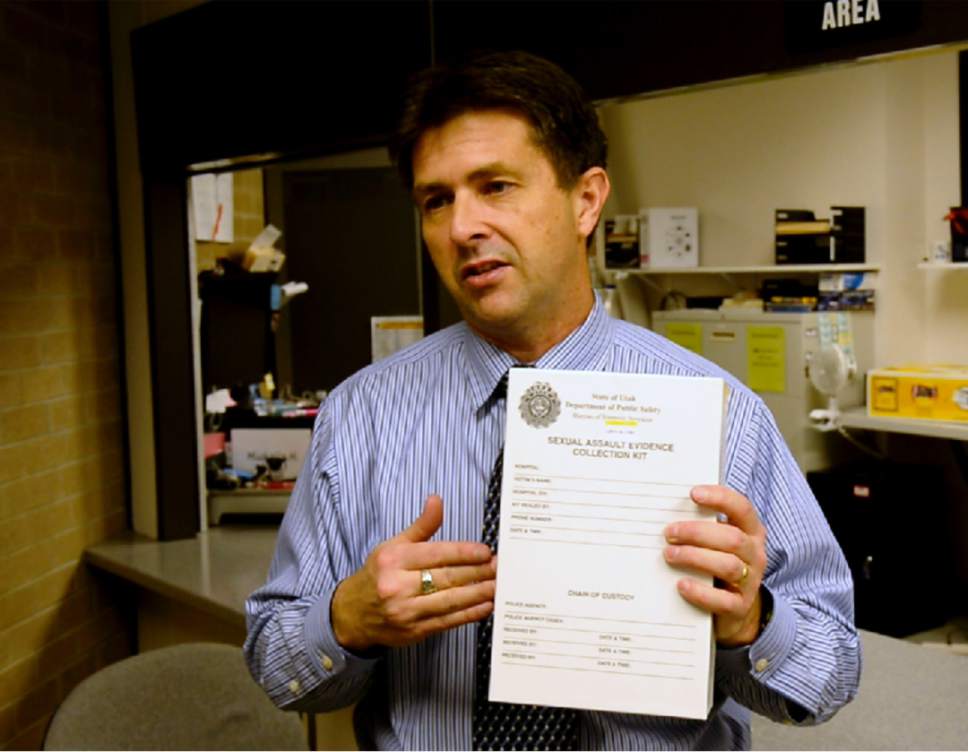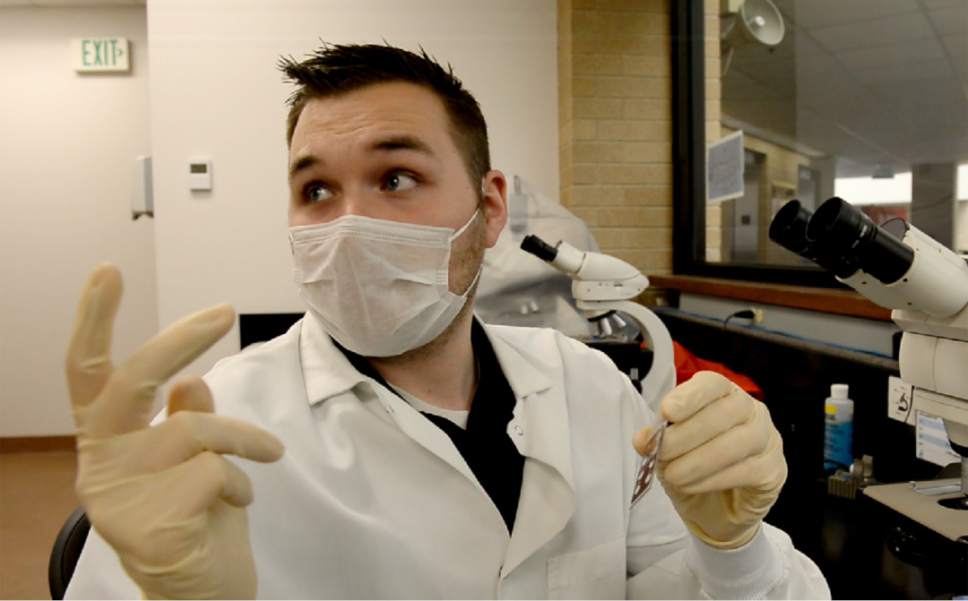This is an archived article that was published on sltrib.com in 2017, and information in the article may be outdated. It is provided only for personal research purposes and may not be reprinted.
Gov. Gary Herbert signed 66 more bills from this year's Legislature on Wednesday, including one mandating that the state's rape kits be tested.
Of the 535 bills the Legislature passed, Herbert has signed 300 into law. He has not yet vetoed a bill.
Herbert has until March 29 to decide whether to veto, sign or allow the remaining bills to become law without his signature.
HB200 • It mandates that law enforcement agencies submit rape kits to the Utah Crime Lab, which is required to test all kits, with a to-be-determined deadline. Law enforcement will have 30 days to submit rape kits.
The bill, sponsored by Rep. Angela Romero, D-Salt Lake City, creates a system to track rape kits and funds trauma-sensitivity training for law enforcement.
It will go into effect in 2018 to give the crime lab time to process backlogs. The state anticipates the crime lab will need another $2.4 million a year to hire additional employees to keep up with the higher demand, but the Legislature provided $1.2 million.
Previously, law-enforcement agencies decided whether to submit a kit for testing.
HB217 • The bill will make it a misdemeanor crime, punishable by possible jail time, to harass livestock. Using a drone, an ATV or other motorized vehicle or a dog to harass the livestock would be a Class B misdemeanor upon a first conviction, a Class A on subsequent ones.
HB204 • It will require a statewide primary election for the next presidential election in 2020. This legislation is intended to avoid the long lines and confusion of last year's presidential caucuses conducted by the political parties.
HB218 • County clerks will be able to add extra early voting or Election Day centers after statutory deadlines if they determine there are insufficient polling places to avoid long lines.
SB171 • The bill designates American Indian rock art as Utah state works of art. The measure is a formal recognition of rock art and is added to a long list of state symbols, such as the state song, flower, motto, etc.







